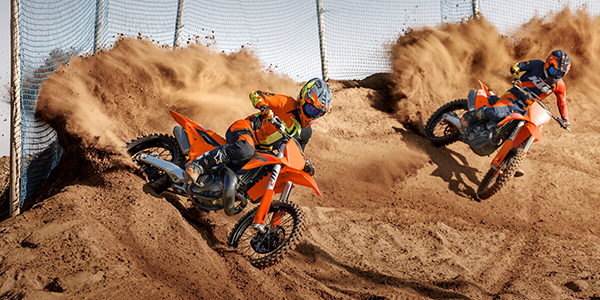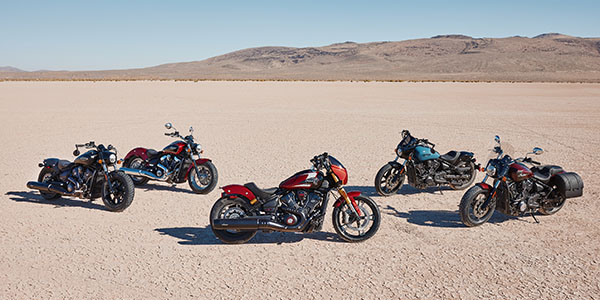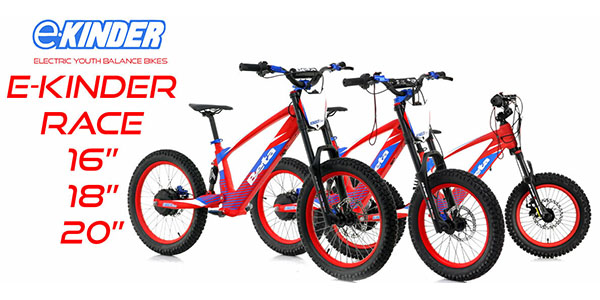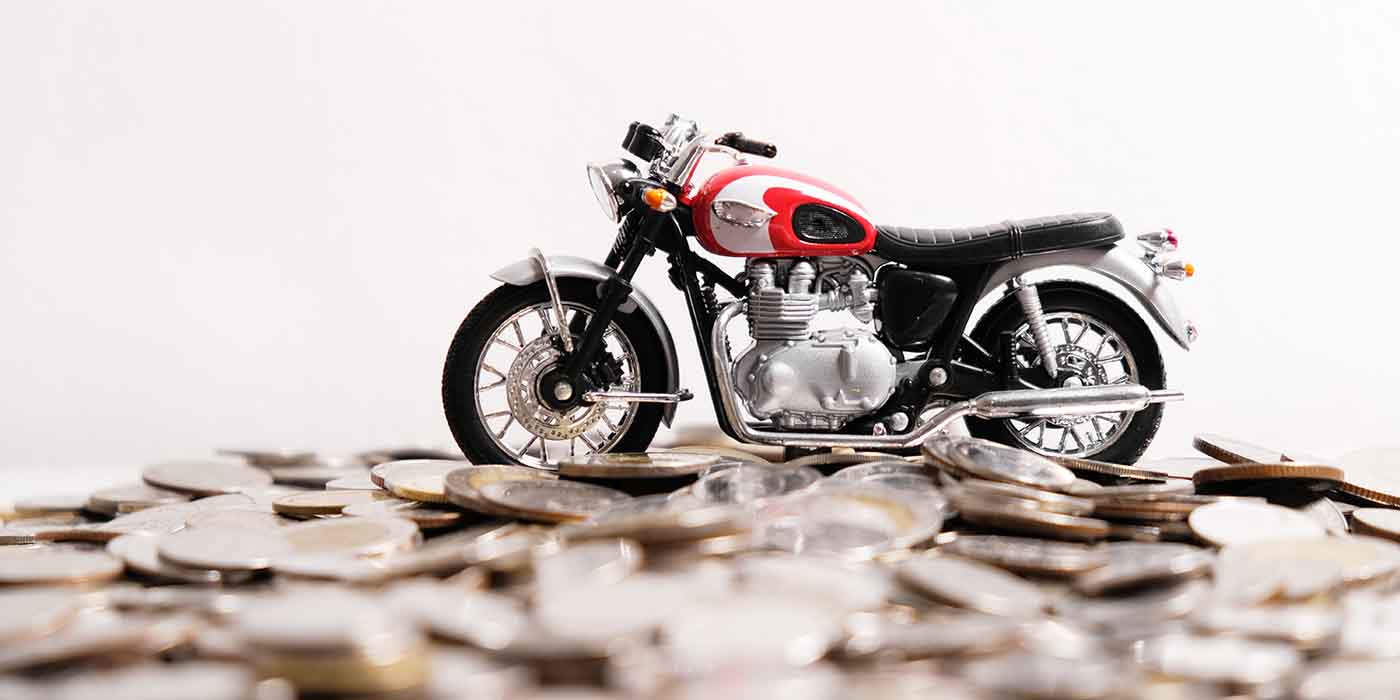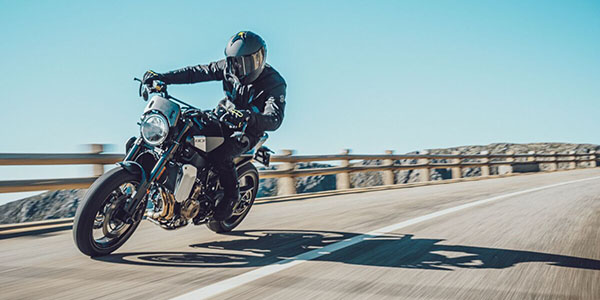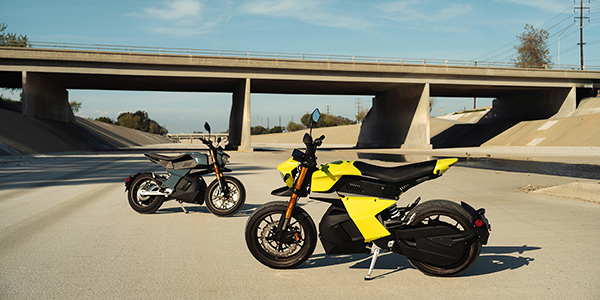At first glance, putting a windshield on a motorcycle seems more aesthetic than functional. After all, unlike automobiles, where windshields help enclose the cab to protect riders from the elements, motorcycle riding is all about the freedom of feeling the wind in your face.
That said, too much wind in your face can be a detraction from the riding experience, and that’s precisely why motorcycle windshields and fairings exist. In fact, aftermarket manufacturers of these products ride bikes from various OEMs extensively to see which areas need increased wind protection.
“Sometimes, these [areas] can be covered by the size and shape of the windshield,” Brandon Westphal, head of sales at Show Chrome, explains. “Other times, it requires a windshield as well as a set of fairing/bike-mounted wind deflectors. Once the problem is identified, we attack it by looking at the bike’s style and curves to ensure our shield matches the bike.” Then, after designing the shields, 3-D scanning the bikes and 3-D printing or molding various prototypes, these manufacturers will determine how the size, shape, curves or reverse curvature of the windshield and fairings push air around the ride.
Let’s dive into how the different design aspects of windshields and fairings affect riding performance.
The Science of Wind Deflection
Windshields build a larger pocket of protection for the rider and passenger by deflecting air and (hopefully) sending it over the rider’s head. “This pocket of protection will decrease buffeting, rider fatigue [and] increase protection from the elements [that] comes with riding in the open environment,” states Westphal. Of course, wind isn’t the only element being deflected. Shields protect the rider from other impacts too, such as rocks, bugs or birds.
Yet, how that air is directed depends on the size and shape of the windshield. Smaller displacement bikes usually call for smaller windshields. Keep in mind that people of shorter stature tend to gravitate towards these bikes, so they will not require tall windshields. However, the bigger the bike gets, the larger the windshield will need to be. In addition, orientation plays a key role as well.
For instance, Westphal notes, “A vertically oriented shield demands more force from the bike to displace air, whereas a rear-swept shield minimizes drag, creating a smoother riding pocket.” He adds that innovations, such as reverse flips — small curvatures along the top rim of a shield — are subtle changes to the product that help smooth out air flow. “These reverse flips can enhance the perceived height of a shorter windshield by directing air higher, optimizing the overall aerodynamic efficiency,” he notes.
Vents
Have you ever had your beard fly up in your face or your helmet rattle in your ears? Those effects are caused by updrafts. While a windshield will create a pocket of protection for the rider, it also ends up creating a vacuum behind the windshield itself. This creates an annoying amount of noise and buffeting against your helmet.
“If you look at the side view of a windshield, the air is going over the top on an angle. So it’s shooting hopefully over the guy’s head, but that also creates a vacuum behind the windshield, which will pull air up in between the windshield from the tank to the fork leg or windshield. So in that area, there’s a lot of updrafts coming,” Barry Willey, president and CEO of National Cycle, explains.
Willey notes that manufacturers will often put fork extensions down the legs to help block that updraft. However, the area right in the middle of the down tubes also sucks in a lot of air, which can be very unsettling and noisy. To mitigate those effects, manufacturers will put vents in the bottom of the windshield to reduce the amount of vacuum behind it.
“Air vents serve two purposes when we look at shields. Vents help reduce turbulence behind certain windshields, like those on the 2014 and newer Harley models. They keep the air flowing smoothly,” Westphal explains. “On models like the [Honda] Goldwing, vents are there to make sure riders get more airflow. This is especially handy for taller windshields, ensuring a comfortable ride.”
Materials and Tinting
Aftermarket powersports windshields today are generally comprised of acrylic, which is easily shaped and also offers superior clarity along with high impact resistance. However, according to Willey, OEMs have begun to use polycarbonate, and some aftermarket manufacturers are following suit. “Polycarbonate is virtually unbreakable, and with the hard coatings that we have nowadays, it will withstand windshield wipers,” Willey notes. While the idea of wipers are more geared towards UTV windshields, Willey says that manufacturers are researching and developing hydroscopic windshields as well as defrosting and demisting capabilities for motorcycles.
Visibility is generally key when it comes to windshields, although for motorcyclists, there are some different factors to consider. In general, most riders prefer looking over a shield rather than through it, but depending upon the type of bike and size of the shield, that may not be possible. In addition, some riders like the look of a tinted windshield. But is it practical?
In all honesty, tinted windshields are sold primarily for aesthetics on sports models (and boast a small footprint as a result), but on any bike, tinted windshields can effectively reduce glare on a dash. However, if you’re wondering why tinted windshields aren’t more standard for larger designs, Willey notes, “If you look at … driving at night and having to look through a really dark windshield, that’s not safe. It shouldn’t be done. In fact, [a windshield] requires 72% light transmission for the area 15 inches above the lowest part of the seat and out to 8 meters in front of the contact patch of the bike on the road. So a really dark windshield is not actually legal by the DOT regulations. Most companies offer them in the small sport kind of windshield size. They’re not much of a windshield, really. In most cases, they just look cool, but they just cover the instrument cluster.”
Fairings
While windshields help to streamline a bike, they’re not as efficient in doing so as fairings are. Fairings have a long history with motorcycles. According to Willey, they were introduced early on in motorcycle racing — particularly in Britain in the 1920s — to streamline a bike and reduce drag, enhancing speed on the straightaways. In the 1970s, Craig Vetter then created a fairing to protect touring riders. As a result, fairings come standard on most touring bikes nowadays, but they can be added to styles. There are a variety of fairings available, including quarter fairings (headlight and instruments), half fairings (upper bike), full fairings (upper and lower bike), handlebar fairings and wheel fairings, each offering different levels of protection.
Not only can fairings protect the bike’s engine and electronics from getting hit with debris and reduce the risk of their overheating, but in the event of a fall or crash, fairings can protect these areas as well. Fairing bodies are typically made of polypropylene or ABS, so while the fairing may crack on impact, the bike body should remain relatively unscathed. However, installing engine guards — many of which extend up into the fairing area — will potentially protect the fairing from breaking or getting the paint scratched.
It should be noted that while windshields brackets can attach to the handlebars, fairings are so large that they must be mounted to the frame of the bike. If customers are looking to purchase aftermarket fairings, confirm with them that the handlebars have enough room around them to turn without hitting the fairing.
The Future of Windshields
Earlier we mentioned how manufacturers are researching different technologies to keep windshields clean and visible. In addition, Willey states, there’s an untapped market that will soon see the emergence of windshields: bicycles and e-bikes. He notes that the mere addition of a windshield can reduce drag when riding these vehicles by about 20%. As e-bikes continue to gain market share in the industry, be on the lookout to add these accessories to your showroom floor in the coming years.
Overall, however, when you are helping customers look for windshields, keep in mind this advice from Westphal: “When it comes down to selecting your next windshield, make certain you are thinking about where you are feeling the most discomfort with wind and ensure that you are selecting the shield that will best protect you.”



